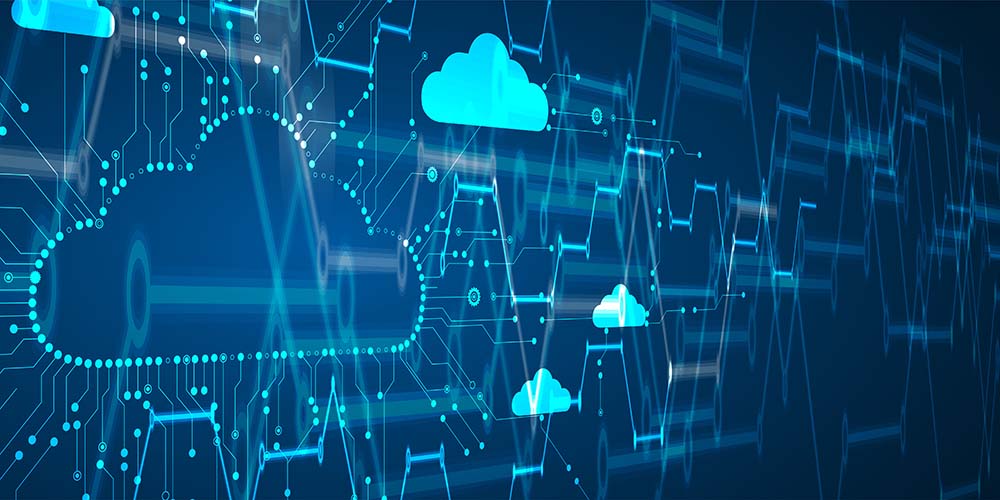
Jun 14, 2021 | SMB Technology, SMB Technology, SMB Technology, SMB Technology, Technology News
As the last year has shown us, we don’t know exactly what the future holds. However, with manmade and natural disasters like cyber attacks and power failures from storms, it’s a matter of when, not if, your company is faced with a situation that could threaten its operations. Read on to learn more about protecting your business with a business continuity plan. Building a Comprehensive Business Continuity Plan In its broadest sense, a business continuity plan is a proactive strategy to keep your business up and running during and after a disaster. That disaster could be a storm causing a power outage, or a ransomware attack like the ones affecting major companies in recent years. These can cause costly downtime that can hurt your company’s revenue and reputation. While data protection is part of the business continuity framework, business continuity plans go beyond to consider the relationships between people, processes and technology. A solid plan will take into consideration individual departments and their operations as well as how these departments work with the others. Risk management means evaluating likely threats, and the impact they’ll have on your business. Important Questions to Ask Your Technology Advisor Developing a business continuity plan starts with asking questions about each department. What are their functions, and who carries out which functions? What processes do they use to carry out these functions, and what data and applications do they use in these processes? What are the mission-critical functions, and what infrastructure is needed? Then, consider how the departments work together, including the IT and security teams. Consider looking at your...

Jun 7, 2021 | SMB Technology, SMB Technology, SMB Technology, SMB Technology, Technology News
No question about it, cloud computing is here to stay. Considering migrating to the cloud is just the beginning, however. Three models to consider–IaaS, PaaS and SaaS–offer varying levels of shared responsibility between provider and customer. Read on to learn more about the three models, and to get an idea which is the best for your business. Cloud Service Models–Benefits and Responsibilities Infrastructure as a Service, or IaaS, requires the cloud service provider to establish the network and its connections. With this model, a company can have their provider maintain and operate the infrastructure; the client will still need to keep their operating system current, configure their platform to meet requirements, and control how information is handled and stored. A company using IaaS will have more flexibility, but will need more technical and security expertise and assistance. Moreover, the company needs to take on administrative roles for system level security. The Platform as a Service (PaaS) model provides hosting and tools on which applications can be developed, and the provider is responsible for furnishing a user interface. The client is responsible for controlling administrative access to certain portions of computing resources, and also oversight of applications built on the platform. Also, the client needs to keep the platform current with operating system patches, and implement a cloud security strategy to protect their applications. If a company chooses Software as a Service (SaaS), they will have more responsibility for maintaining user security and may take on some administrative roles for the application. While the provider handles the infrastructure, keeps the software applications up to date and provides hardware and software...




